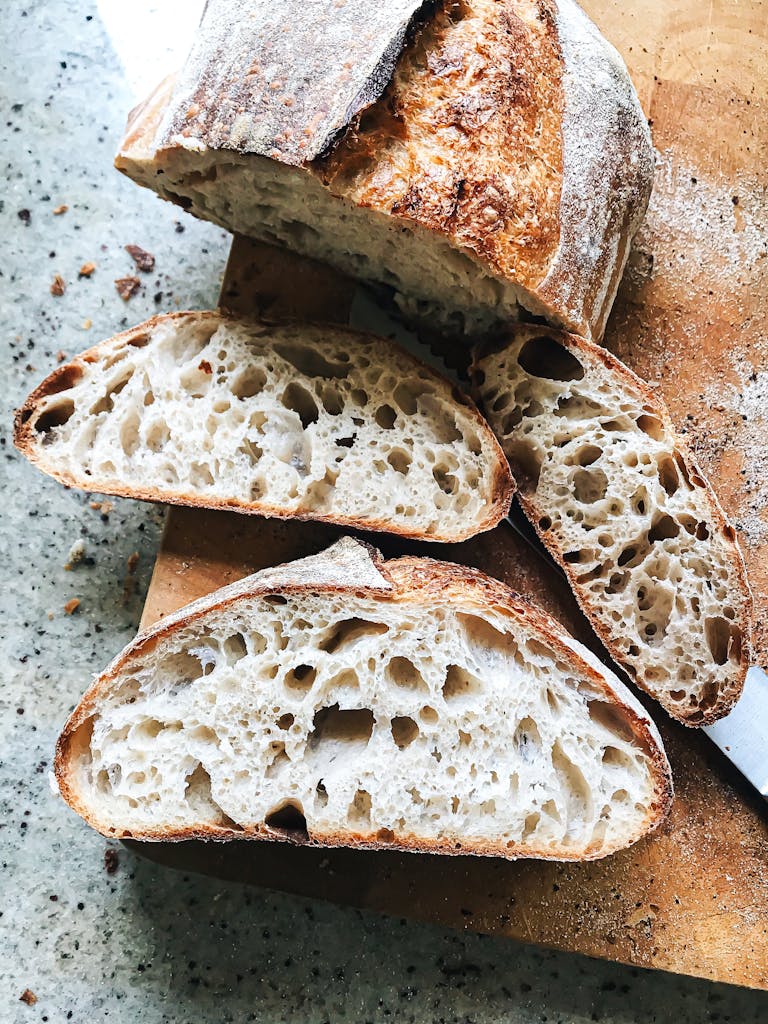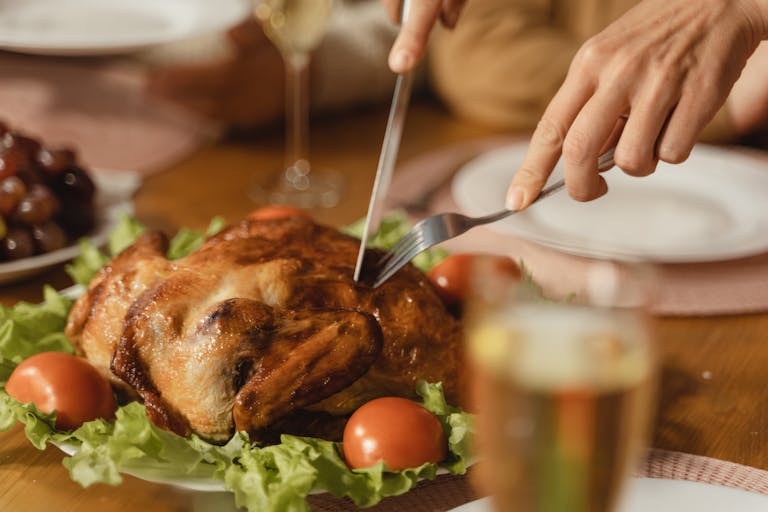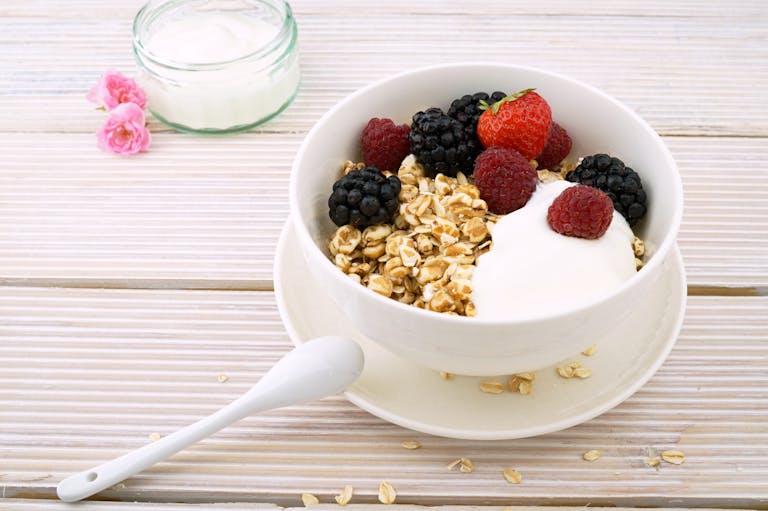When you’re just starting out, sourdough can feel like learning a whole new language. Here’s what you need to know to get started (or just to understand what all the fuss is about).
Sourdough is different from most breads because it doesn’t use commercial yeast. Instead, it relies on a natural fermentation process using a “starter”—a simple mix of flour and water that captures wild yeast and bacteria from the environment.
The result? That signature tangy flavor, chewy texture, and crispy crust we all love.

But it’s not just about taste—many people find sourdough easier to digest, and it has a lower glycemic index than traditional bread. Some folks who are gluten-sensitive even find they can tolerate sourdough (though always check with your doctor if you’re unsure).
Common Terms to Know
Before you dive in, here are a few key terms that will help you feel more confident:
Sourdough Starter: A living mix of flour, water, wild yeast, and bacteria that naturally leavens bread. You can make one from scratch, buy one, or (my favorite) get one from a friend.
Sourdough Discard: The portion of starter you remove before feeding. Don’t toss it—there are tons of delicious recipes that use discard!
Feeding: Giving your starter fresh flour and water to keep it active and happy.
Hooch: A liquid that forms on top of your starter if it hasn’t been fed in a while. It’s harmless- just stir it in or pour it off and feed as usual.
Your Starter: The Heart of Sourdough
Your starter is your bread’s best friend. To keep your starter thriving, all you need is flour and water. I use unbleached all-purpose flour. You’ll also need a kitchen scale (trust me, it makes everything easier).
Here’s how to keep it in “maintenance mode”:
- Keep 25g of starter in a clean jar
- Feed it with 25g of flour and 25g of water
- Mix, cover, and you’re done for the day!
By the end of the week, you will have enough discard to make these delicious pancakes.
When you are planning to bake with your active starter, scale up the amount of starter you keep and feed accordingly.
A Little Secret: You Don’t Have to Feed Your Starter Every Day
If you’re going on vacation, or just need a break, refrigerate it. This slows down fermentation and gives you some breathing room. When you’re ready to bake again, take it out, feed it, and you’re back in business.
How Do You Know Your Starter is Ready?
Your starter is ready to bake with when:
- It doubles in size after feeding
- It’s bubbly throughout
- It smells pleasantly tangy
- It passes the “float test” (a spoonful floats in water)
Once your starter passes the float test, it is time to bake your bread! There are tons of sourdough bread recipes to choose from, but this is a great recipe for beginners.
If you see a little hooch on top, no worries. Just feed it. But if you see mold or it smells really off, it’s time to toss it and start fresh.
Once you’ve got the basics down, the fun really begins. You can experiment with:
- Different flours
- Hydration levels
- Baking methods
- And of course, all the discard recipes!
There are so many options for baking with your sourdough starter! Get started today!


